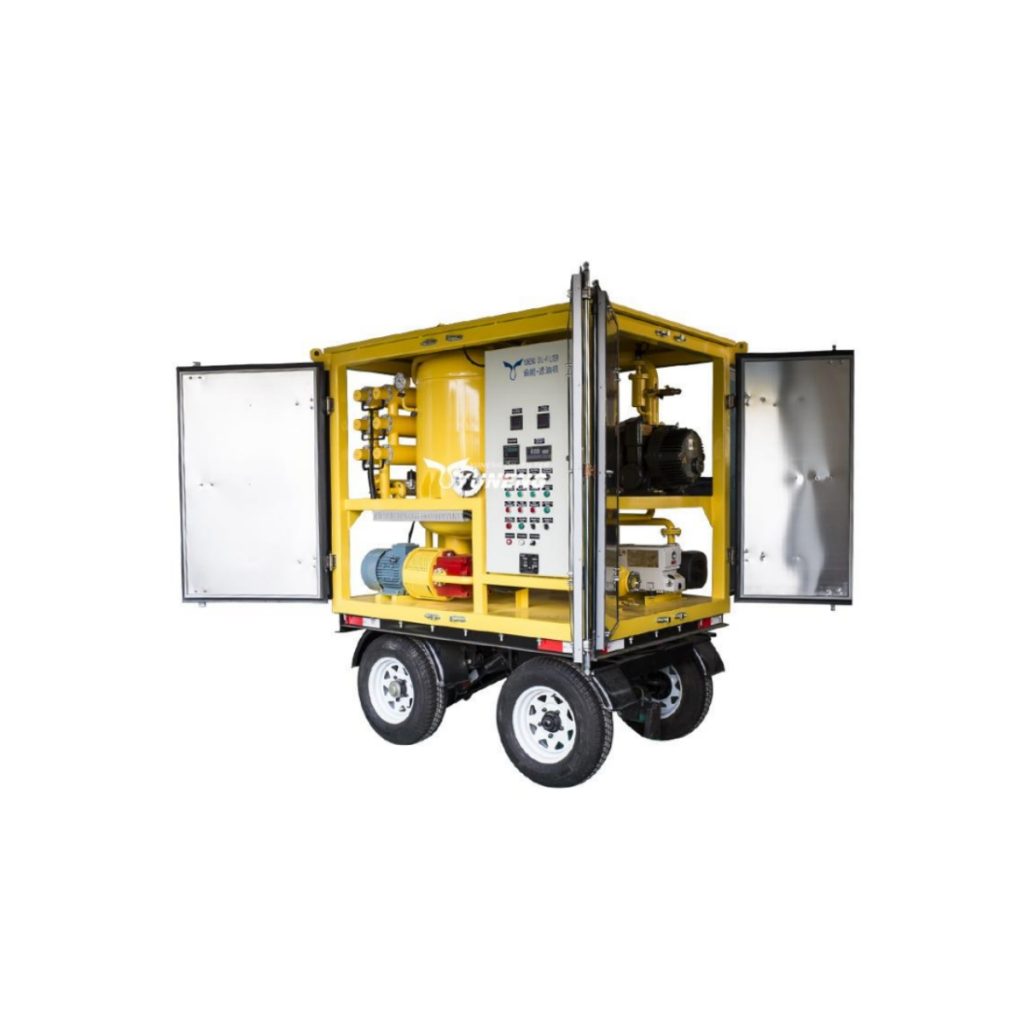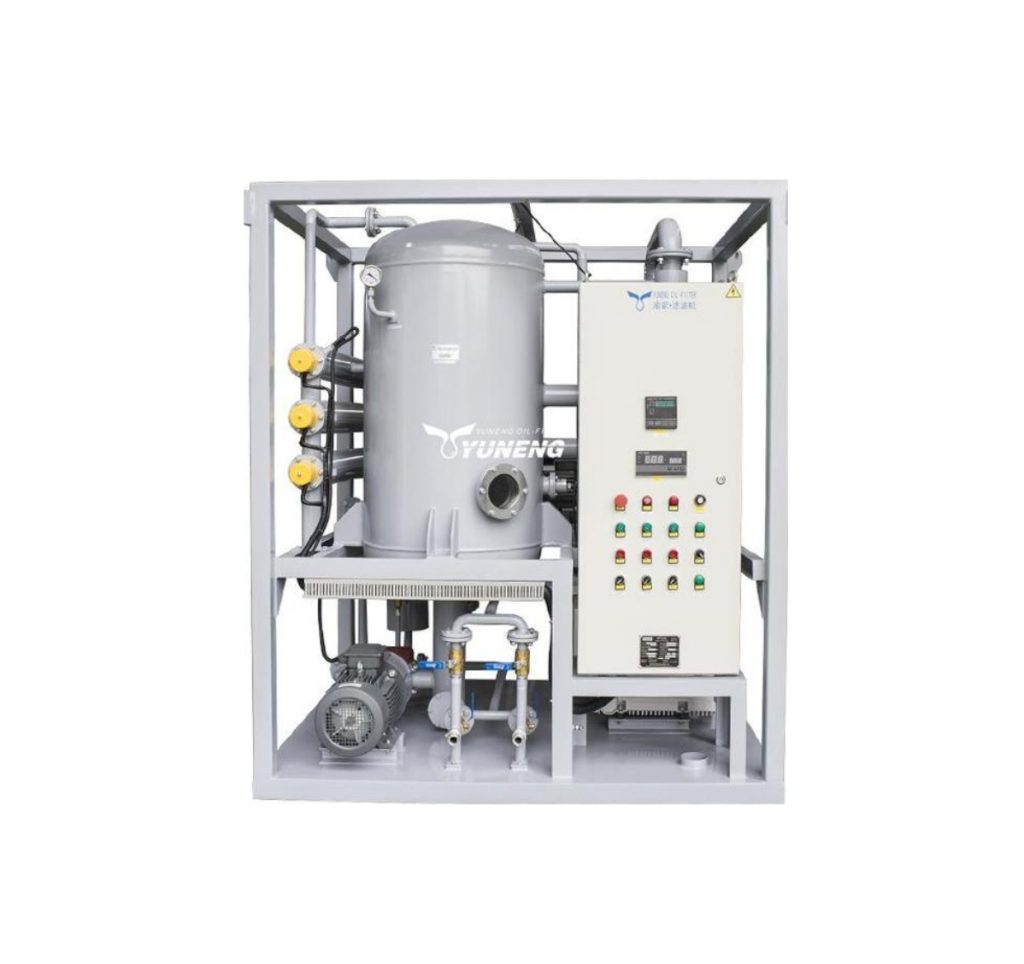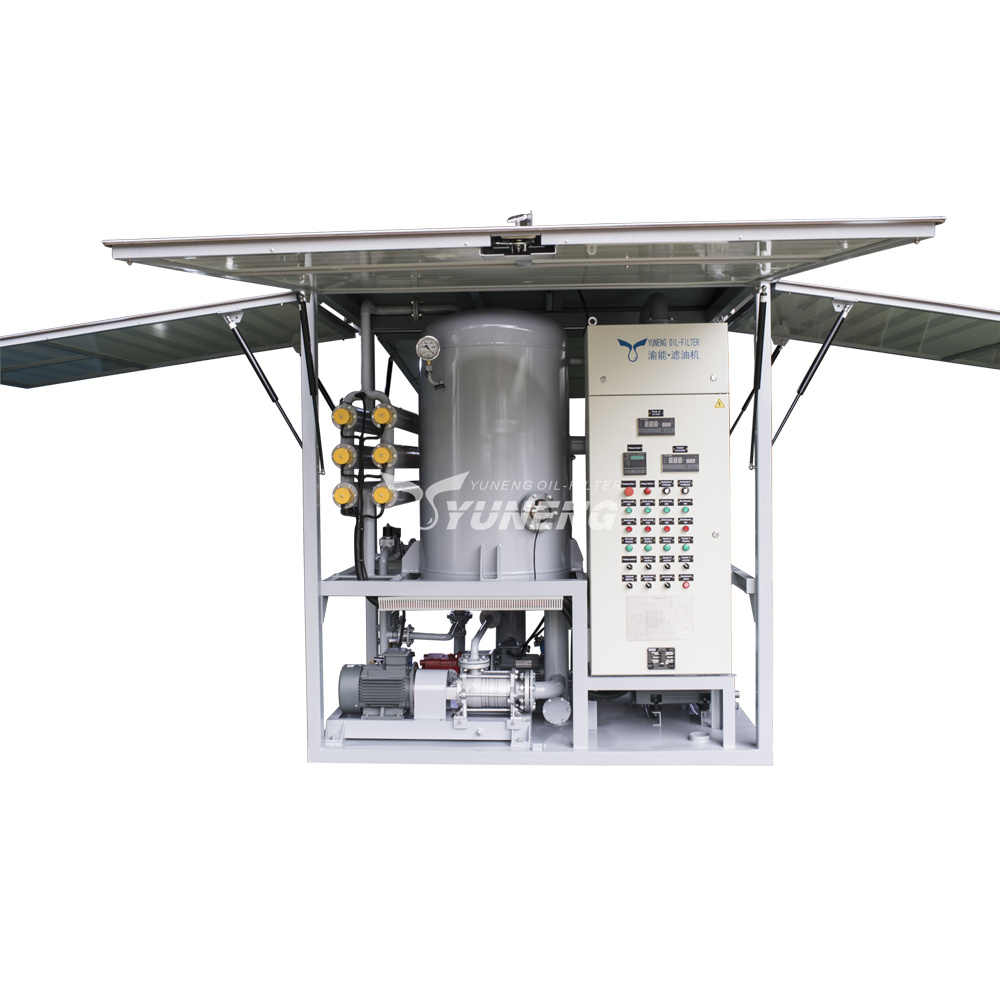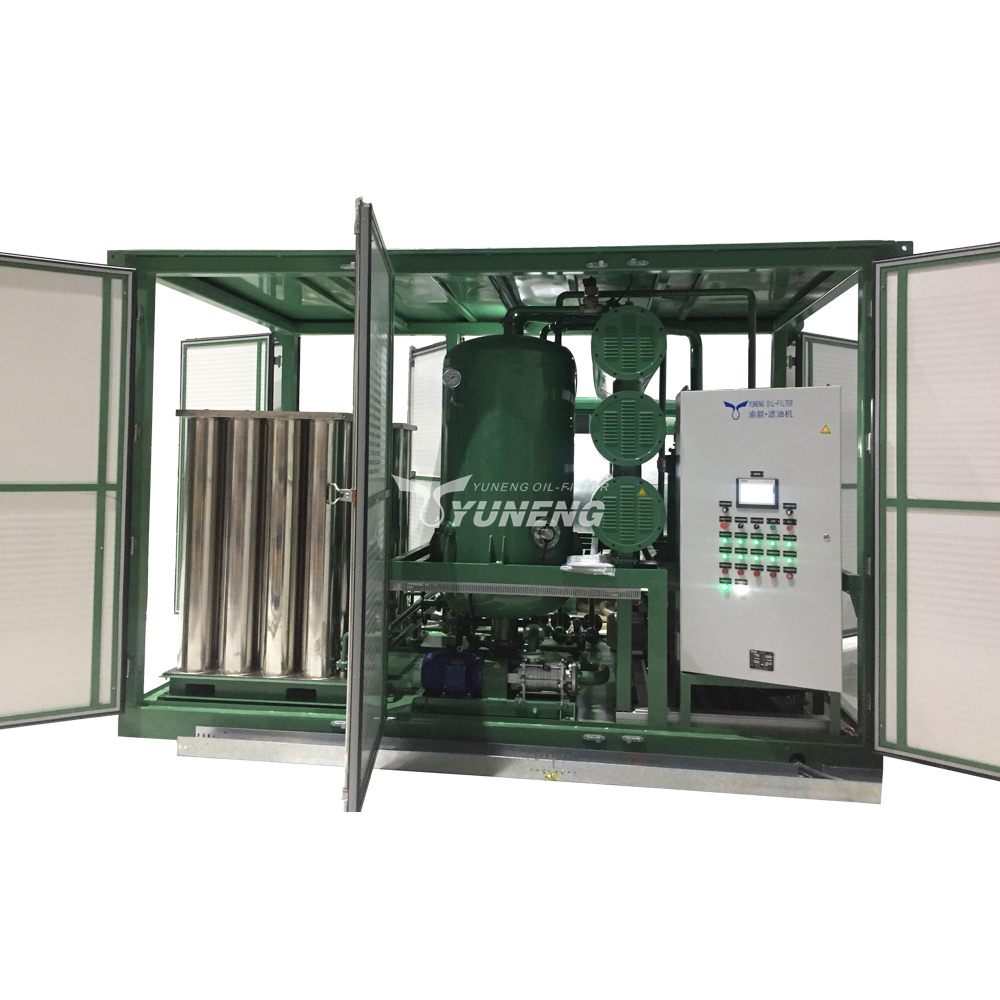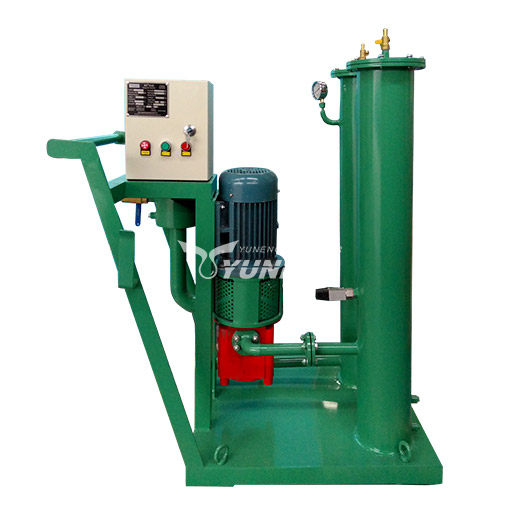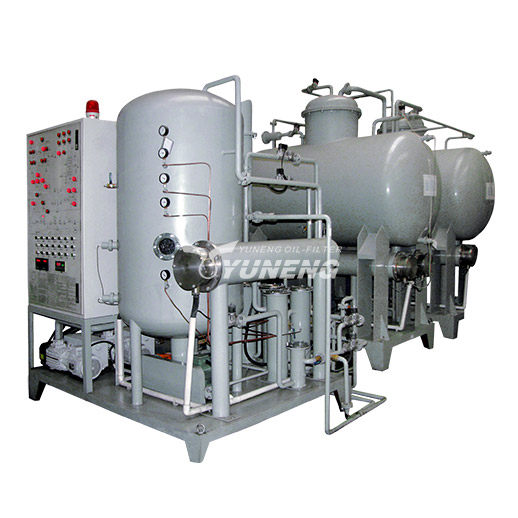Installation & Maintenance Tips for Dry Air Generators for Transformers
Dry air generators play an indispensable role in the power industry, protecting and prolonging transformer lifecycle. By keeping their internal components dry from harmful moisture that could compromise performance or shorten operational lifespan, dry air generators ensure proper function while increasing operational lifespan and durability. This guide details their purpose, installation, operational use and maintenance tips when used alongside transformers.
Table of Contents
What’s the Use of Dry Air Generators
Dry air generators provide transformers with protection from the damaging effects of moisture. By providing ultra-dry air–typically with dew points below -40 °C–these generators help avoid degrading water vapor from damaging their insulation system and causing dielectric strength reduction, winding insulation aging acceleration, or internal arcing issues that lead to costly failures or unexpected outages.
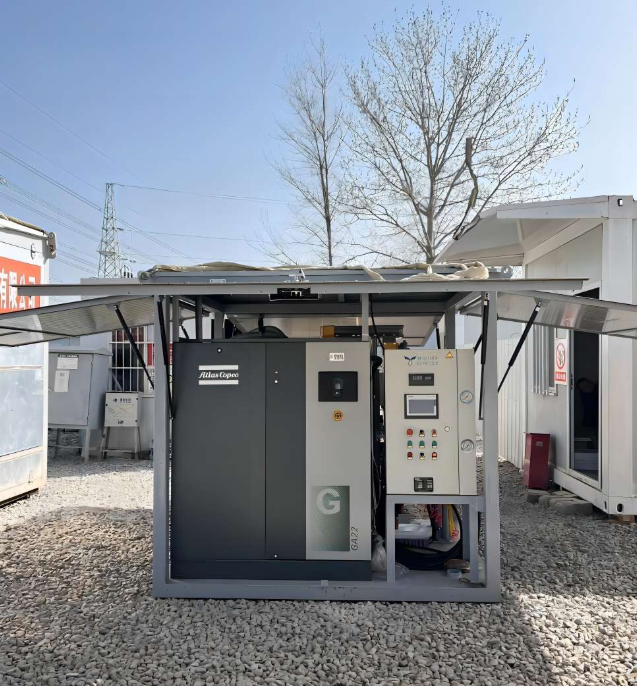
Dry air generators play an essential role during maintenance activities such as oil filtration, core inspection, or conservator repair by ensuring no ambient humidity enters the transformer tank, thus maintaining dry conditions that extend the performance and longevity of solid insulation transformers and solid-state insulation layers. In environments with high ambient humidity or open-air installations with open environments continuous dry-air purging maintains optimal internal conditions by preventing corrosion while eliminating condensation – thus investing in reliable dry air generators reduces downtime, extends transformer service life, and increases operational safety.
Installation Considerations of Dry Air Generators
Proper installation of dry air generators is crucial to ensure reliable operation and effective moisture control for power transformers. A well-executed setup minimizes the risk of moisture ingress and optimizes the generator’s performance. This section outlines essential pre-installation checks and a step-by-step installation procedure.
Pre-Installation

Before installing a dry air generator, it’s important to assess site-specific conditions and prepare the equipment accordingly:
- Location Inspection: Select a dry, clean, and well-ventilated area near the transformer. The generator must be protected from rain, direct sunlight, and heavy dust in order to prevent early degradation.
- Load Capacity Evaluation: Verify that the dry air generator has sufficient capacity to serve the specific transformer. Consider the volume of air required, the duration of use, and the desired dew point (typically ≤ -40°C).
- Power Supply Check: Ensure a correct and stable power supply. Voltage mismatches or power fluctuations can lead to the failure of sensitive internal parts.
- Safety Inspection: Visually inspect the generator thoroughly for any sign of visible damage, loose connections, or frayed hoses. Check that the pressure relief valves, dew point sensors, and gauges are in proper working order.
- Tool Readiness: Gather all the necessary accessories, including air hoses, clamps, connectors, and dew point meters, to avoid any interruptions during the installation procedure.
Step-by-Step Installation Procedure for Dry Air Generators
- Installing a dry air generator correctly ensures optimal performance and longevity. Begin by placing it on a secure, level surface such as concrete pads or rigid metal frames to minimize vibrations; anti-vibration mounts may help further decrease wear on parts in case there’s any movement during installation.
- Next, connect the air supply lines, ensuring all fittings are securely secured to prevent leaks. Use only high-quality hoses rated to meet system pressure; sharp bends could restrict airflow. For electrical connections, strictly follow manufacturer-specified wiring diagrams while verifying grounding protocols to avoid electrical faults.
- Before turning on, perform an intensive leak test by pressurizing and inspecting connections using soapy water – any bubbles indicate leaks which should be tightened up. After tightening is completed, initiate a trial run, observing the startup sequence for any abnormal noises or pressure fluctuations before checking the output air’s dew point to validate moisture removal efficiency.
- As part of your final step, calibrate any monitoring sensors according to their manual for accurate humidity and pressure readings. Document all steps, as well as any adjustments made during installation, for future reference and future maintenance cost savings. A properly executed setup reduces maintenance needs while keeping the transformer’s insulation dry over time.
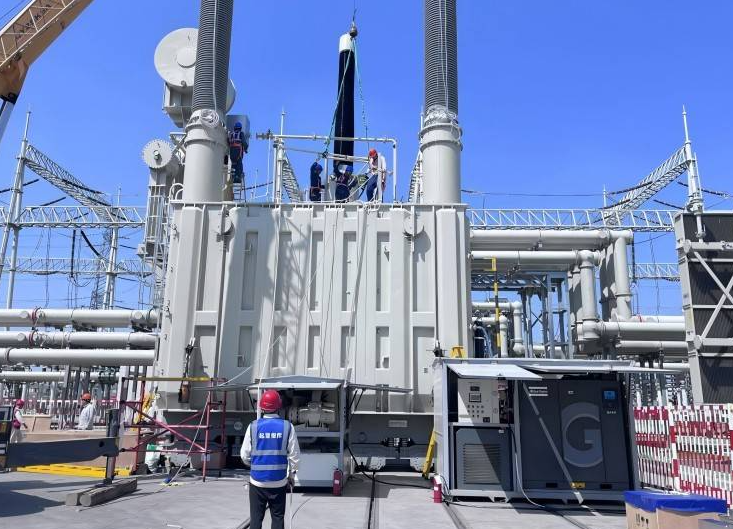
Operational Tips of Dry Air Generators for Transformers
Follow these essential operating practices in order to guarantee optimal operation of a dry air generator and extend transformer lifespan:
- Regularly Track Dew Point Readings: A dry air generator’s primary role is to supply ultra-dry air into its transformer. Therefore, regularly monitoring dew point readings (ideally below -40 °C) to confirm moisture removal efficiency is taking place and to detect sudden spikes that might indicate desiccant exhaustion or system leakage issues.
- Maintain Proper Airflow: Constricted airflow impedes drying performance. Inspect inlet filters regularly and replace them when they become clogged up; ensure air hoses are free from kinks or blockages, and confirm pressure levels remain within manufacturer-recommended levels.
- Schedule Desiccant Replacement: If your system uses absorbent media (like silica gel or molecular sieves), monitor its lifespan closely to reactivate or replace desiccants when moisture retention decreases–usually every 6-12 months, depending on usage. Failure to do this leads to moisture breakthrough and must be addressed promptly, or it could become problematic for the use of the system.
- Check for Leaks Periodically: Even small air leaks can significantly impede performance. Conduct regular leak tests using soap solution or an ultrasonic detector around fittings and valves; seal any leaks quickly to maintain system integrity.
- Keep Logs for Predictive Maintenance: Document operational data such as dew point trends, filter changes, and pressure readings in a log book in order to detect patterns, anticipate maintenance needs, and preempt unexpected failures before they happen. This helps identify patterns quickly as well as any unexpected breakdowns.
Focusing on these five areas will increase drying efficiency, decrease downtime, and extend both the dry air generator’s and transformer it protects lifespans.
Maintenance Best Practices of Dry Air Generators
Maintaining dry air generators regularly to maintain reliability and efficiency over the long term is vitally important, with neglect of key upkeep tasks leading to moisture leakage, increased energy usage and even transformer damage as potential outcomes. Here are four critical maintenance practices:
Routine Filter Inspection and Replacement
Filters help block dust and contaminants from entering a system, yet over time can become clogged up, increasing energy costs by making generator work harder, decreasing airflow, and raising air conditioning bills. Therefore it’s advisable to inspect filters regularly. Reusable ones should be cleaned using compressed air while disposable cartridges need replaced as often as needed in dustier environments; more frequent checks may even be necessary depending on circumstances.

Desiccant Reactivation or Replacement
Desiccants like silica gel or activated alumina absorb moisture from the air, but lose effectiveness once saturated. For systems using regenerative desiccants (typically heat-activated), adhere to their manufacturer’s recommended schedule for reactivating. Non-regenerative types should be replaced when they no longer meet dew point requirements – failing which leads to moisture entering transformers directly.
Leak Detection and Sealing
Even small air leaks reduce efficiency and strain the compressor, so routine inspection of hoses, fittings, valves, threaded connections and seals using soapy water solutions should help detect air leakage and seal them immediately to maintain optimal pressure levels. Pay particular attention when inspecting threaded connections where bubbles indicate air leaks as they indicate leaks that reduce efficiency or strain the system. When replacing worn gaskets or tightening loose fittings immediately can maintain optimal pressure levels!
Mechanical Component Lubrication and Inspection
To minimize wear on motors, fans, and bearings, periodic lubrication is necessary in order to keep these parts functioning optimally. Follow your manufacturer’s recommendations regarding oil or grease types and intervals as well as inspect belts for cracks or looseness as well as fan blade cleanliness as well as listen for vibrations that might indicate misalignment or bearing failure.
Proactive maintenance of your dry air generator will avoid unexpected breakdowns and extend its lifetime, protecting both performance and transformer from moisture damage. By prioritizing filters, desiccant, leaks, and mechanical components for attention you can ensure consistent performance while safeguarding from moisture damage in turn saving energy, decreasing repair costs and increasing overall reliability of a well-kept system.
Wrapping Up
Installing and maintaining dry air generators correctly is critical to transformer health. By following the appropriate guidelines for installation and maintenance of these units, you can avoid moisture-related failures, increase operational efficiencies, and extend their lifespans. Routine inspections, timely filter replacement, and automated controls will guarantee optimal operation over time.
Contact our technical team for expert insight on transformer maintenance!

